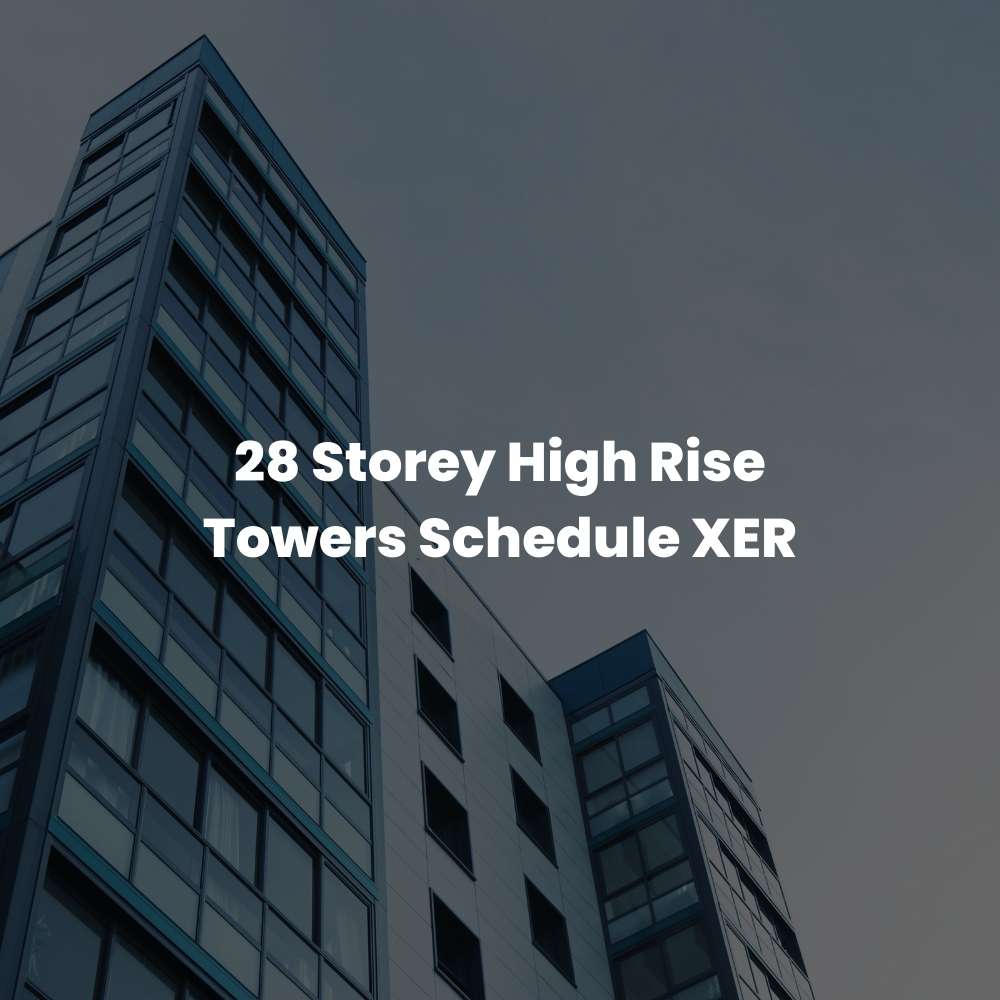
Introduction
Feasibility studies are an important step in any construction project, particularly those involving large-scale structures or capital investment. Conducting a feasibility analysis helps you identify potential challenges and problems that could lead to costly delays and oversights, helping you avoid them early on. It’s important to understand the different types of feasibility analyses that can be performed, as well as what type is right for your project. Once you’ve identified the right type of study and have gathered the data needed to perform it, you can then begin an analysis to assess how viable your project is given your goals and constraints.
1. Define Your Objectives
A feasibility study is a preliminary investigation or study that helps determine whether an endeavor is worth undertaking. It is often done to determine if a business or project will be profitable, and sometimes it’s done to estimate the number of resources and cost involved in completing the project.
A feasibility study for construction can help you answer questions such as:
- Does this construction project make sense?
- Are there enough funds available to complete this project?
- Will there be any negative impacts on the environment (e.g., noise pollution)?
- Will this construction project require any changes in zoning laws or ordinances?
2. Establish the Goals of Your Feasibility Study
Establish the Goals of Your Feasibility Study
When conducting a feasibility study, it’s important to clearly define the goals of your study. These goals can be a range of things, from determining if a project is financially viable to determine if it’s feasible for your team to do so in the given time frame and budget.
Define the Scope of Your Feasibility Study
The scope of a project refers to all aspects that will be included in its scope. For example, let’s say you want to build an office building on land that’s currently being used as farmland. To determine if this is feasible (i.e., possible), you’ll need to consider how much money would need to be spent on land acquisition and site preparation before construction could begin; what type of permits you’ll need from local authorities; how long those processes will take; whether or not there are any zoning issues with regard to building regulations within that area; etcetera. You should list down every element related directly or indirectly to constructing this office building—and then decide which ones are most important for your particular project needs!
3. Determine the Type of Feasibility Study Needed
In order to determine the type of feasibility study needed, you should first look at the nature and complexity of your project.
- Projects that have a high probability of success should be assessed by conducting a “high-level” feasibility study. This type of study is usually done once all major components are identified and designed.
- Projects with low probability of success should be assessed by conducting an “outline” feasibility study or preliminary feasibility study prior to making final decisions about whether or not it’s worth pursuing.
The main difference between these two types is that outline studies provide enough information for decision-makers to make informed judgments about whether or not they want to pursue further work on the project, whereas high-level studies go into greater detail about different aspects related specifically to one aspect (e.g., cost).
4. Ensure That a Feasibility Study Is Right for Your Project
When deciding whether or not to conduct a feasibility study, you should first consider what it is and what it’s used for. A feasibility study is the first step in determining whether or not a construction project should be undertaken. They provide information about the viability of an idea or business plan, as well as its potential benefits and drawbacks. If a feasibility study determines that your project is feasible, you may then proceed with developing more detailed plans for your construction project.
Feasibility studies can help determine if certain types of projects are worth pursuing by examining many factors within different aspects of a particular industry or market; they may also be used to prioritize projects based on their relative importance within an organization’s overall goals and objectives. In order to ensure success with any kind of construction endeavor, thorough research needs to be done prior to committing resources towards any given project—this includes both physical materials as well as financial ones like time spent by workers themselves working on-site rather than elsewhere doing something else entirely unrelated (or perhaps even less productive).
5. Gather Data and Materials Needed to Perform Your Feasibility Study
- You need to identify and gather the data and materials needed for your feasibility study.
- Identify what data and materials are essential for a successful completion of the feasibility study.
- Collect information about all of the potential projects that will be included in the scope of work for this project.
6. Conduct the Feasibility Analysis
- Conduct the Feasibility Analysis
Once you have your options, compare them to determine which option is best for your project. The feasibility analysis will help you to understand what needs to be done and what it will cost. You can use this information when comparing different options for a construction project so that you can make an informed decision about which one is the best choice for your organization or business.
For example, let’s say that there are three different ways in which you could build a new office building: one way would be through the traditional construction method using bricks and mortar; another way would use prefabricated components that could be assembled on-site; and finally, there might also be some other option not mentioned here (maybe it involves aliens?).
In order to decide between these choices in terms of their cost-effectiveness as well as their overall feasibility, we need more information than just looking at each option individually—we need more insight into how each approach works in practice rather than theory!
7. Review and Compare Results Against the Goals of the Study
After you have reviewed and analyzed the results of your feasibility study, it is time to make decisions based on them. In addition to comparing the results against your goals, consider whether or not they fall within a reasonable range of the time and cost estimates provided by an experienced contractor with similar projects in the past. If so, then proceed with your project!
If not, then determine if there are ways in which you can change some aspects of your project in order to make them more feasible. For example, if labor costs are higher than expected due to changes in wages since last year when this type of work was done for another client nearby (but not necessarily at the same location), then consider adjusting those figures accordingly before proceeding further down this path towards implementation.
8. Publish Results in a Report to Stakeholders
One of the most important parts of a feasibility study is to publish the results in a report. This document should include:
- A summary of findings and recommendations
- An analysis of alternatives considered, including why they were not recommended and how they were evaluated (for example, how the costs, benefits and risks were estimated)
- The justification for any recommendations made
9. Identify Limitations of the Feasibility Study Process
When conducting a feasibility study, you must be aware of and consider the limitations of the process. A feasibility study can only provide you with information about whether a project is feasible; it cannot tell you if it is practical or desirable. For example, a construction project may be able to recoup its costs through increased sales or reduced expenses, but if there is no demand for such an addition in the first place then even the most thorough feasibility study won’t help.
The best way to overcome these limitations is by considering all your options before embarking on any particular course of action. You should also try not to limit yourself too much: if something seems like an impossible task at first glance then don’t give up right away! Instead, explore ways that might make success possible after all.
10. Take Action Based on Findings of the Feasibility Study
When conducting a feasibility study for a construction project, it is important to take action based on the findings of the study. If you find that the project is feasible, then you can move forward with your plans to begin construction.
If you find that your project is not feasible at this time, but there are ways it could be made feasible in the future, then you should try those approaches before giving up on the venture completely. Even if they don’t work out immediately, they will give insight into what will work best in future projects and help avoid spending time and money on something that won’t end up being successful anyway.
Finally, even if your study shows that there isn’t enough demand or resources available right now to support building what’s planned for this particular location or property type—which would mean starting over from scratch again—this doesn’t mean that another location wouldn’t be able to support its own version later down road! It just means it wasn’t meant
A feasibility study is an important step in determining whether or not to proceed with your construction project
A feasibility study is an important step in determining whether or not to proceed with your construction project. It will help you determine if a project is viable, evaluate its risks and rewards, identify its costs and benefits, and understand its feasibility.
A feasibility study is usually conducted during the first phase of the project development process—often it’s even done before any other work starts on a project! The purpose of a feasibility study is to provide you with an objective view of all pertinent information about your proposed project so that you can make informed decisions about it later down the line. A good break-even analysis helps us understand how much money we’ll have left over after paying for all our costs (including labor).
Conclusion
We hope this article has helped you get a better idea of what goes into a feasibility study, and what steps to take if you decide it’s right for your construction project. Feel free to reach out to us if you have any questions or would like some more advice!
























































